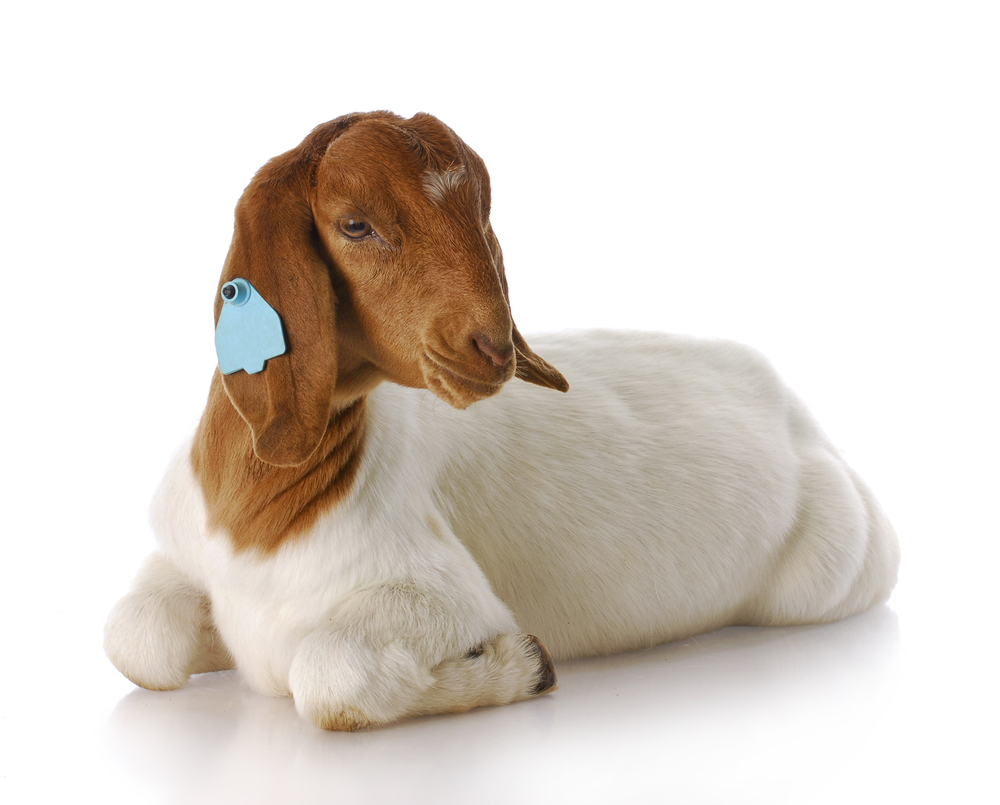Exploring the facisnating world of sheep and goats
Boer Goats: History, Breed Facts & Unique Characteristics

Origins and Development
The Boer goat originated in South Africa in the early 1900s and was specifically bred for high-quality meat production. The name "Boer" comes from the Dutch word for "farmer," highlighting the breed's agricultural roots.
Early settlers in the Cape Province crossbred indigenous African goats with European breeds such as Nubian and Angora to develop a resilient, fast-growing goat capable of thriving in harsh climates.
Selective breeding focused on muscle development, conformation, and adaptability—traits that quickly made the Boer goat a favorite among South African farmers.
Rise to Prominence
In the 1970s, the South African Boer Goat Breeders' Association was formed to standardize and improve the breed. Their work reinforced the Boer goat’s reputation for premium meat quality and established strict breeding programs to maintain its genetic integrity.
By the 1990s, Boer goats began making their mark globally—especially in the U.S., Australia, and New Zealand—due to their meat yield, disease resistance, and adaptability.
Global Impact
Today, Boer goats are among the most recognized and commercially successful meat goat breeds worldwide. Breeders continue to enhance their performance through genetic refinement, focusing on traits like growth rate, adaptability, and meat quality.
Their ability to thrive in diverse environments makes them an ideal choice for both commercial producers and small-scale farmers.
Distinguished Characteristics of Boer Goats
| Characteristic | Description |
|---|---|
| Appearance | White body with a reddish-brown head, curved ears, and short, glossy coat |
| Horns | Twisted horns curving backward and outward |
| Size | Bucks: 200–340 lbs (90–154 kg); Does: 200–230 lbs (90–104 kg) |
| Growth Rate | Rapid, with excellent feed-to-muscle conversion |
| Temperament | Docile and easy to manage |
| Reproductive Traits | Polyoestrus (year-round breeding), high fertility, strong maternal instincts |
| Adaptability | High adaptability to different climates and grazing systems |
| Disease Resistance | Hardy breed with good resistance to common goat diseases |
| Meat Quality | Excellent meat-to-bone ratio with desirable flavor and tenderness |
Why Choose Boer Goats?
- Efficient Production: Fast growth and high feed efficiency make them ideal for meat production.
- Easy Handling: Docile temperament simplifies farm management.
- Genetic Improvement: Strong global breeding programs enhance desired traits.
- Crossbreeding Potential: Great for improving meat traits in other breeds.
- Market Demand: Rising global demand for goat meat (chevon/cabrito).
Future Prospects
As the demand for sustainable and climate-resilient livestock grows, Boer goats stand out. Their ability to thrive in arid regions and marginal lands positions them as a key solution for the future of global meat production.
With ongoing advancements in genetics and breeding technologies, Boer goats will likely remain at the forefront of the meat goat industry for years to come.